Smallest Birds in the World Wish to travel over the colorful and cute smallest birds in the world? We recommend you to scroll down and find our records of the top 10 adorable little birds that are smaller in size. The smallest birds in the world are the bee hummingbirds, which are found only in Cuba. These tiny birds weigh less than a penny and are about two and a half inches long. Despite their small size, they are incredibly agile and can fly up to 30 miles per hour. Another small bird is the elfin-woods warbler, which is found in Puerto Rico and weighs just six grams. It is known for its beautiful singing voice and is a favorite among birdwatchers.
Smallest Birds in the World
The world of birds is abundantly diverse, ranging from soaring eagles with impressive wingspans to the small-scale of creatures that flit around with extraordinary cleverness. Among the avian realm, some species hold the noteworthy distinction of being the smallest birds in the world. These delicate and diminutive animal capture our imagination and showcase nature’s extraordinary ability to create wonders in small packages. Here is the list of the smallest birds in the world.
Smallest Birds in the World Overview
| Article |
Smallest Birds in the World |
| Year |
2023 |
| Website |
Click Here |
Top 10 Smallest Birds in the World
The smallest birds on the planet spellbind our consideration and help us to remember the staggering variety tracked down in nature. From the dynamic shades of the honey bee hummingbird to the strength of the weebill and the noteworthy transient excursions of the goldcrest, these minuscule animals have an enduring impression. They act as a demonstration of nature’s capacity to make ponders in even the most minimal structures. While these birds might be small in size, they exhibit exceptional variations and ways of behaving. Their minute height permits them to get to nectar from fragile blossoms, adding to fertilization and biological system wellbeing. In spite of their tiny size, they display strength, readiness, and wonderful transitory capacities.
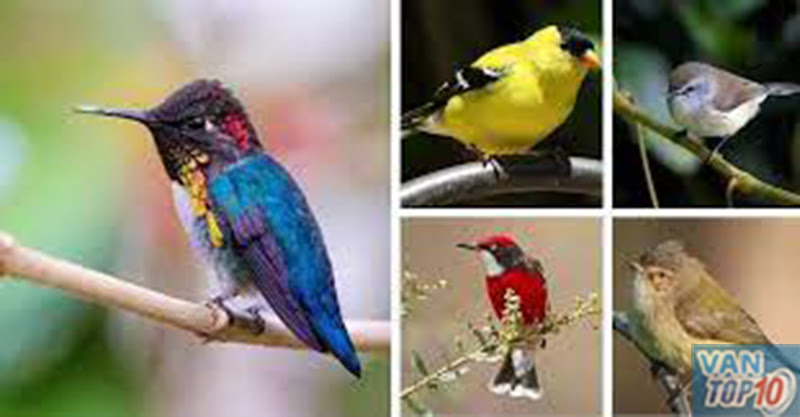
1. Bee Hummingbird (Mellisuga helenae)
The Bee Hummingbird, otherwise called the Zunzuncito, is without a doubt the Smallest bird on The planet. Local to Cuba and the Isla de la Juventud, these scaled down wonders measure a simple 2 to 2.4 inches (5-6 cm) long and weigh around 1.6 to 2 grams. Regardless of their modest size, their presence is striking because of their energetic varieties and glowing plumage. Amazingly, these small birds have unbelievable aeronautical spryness, floating before blossoms while benefiting from nectar utilizing their specific long, slim bills. Their quick wing-beat of up to 80 times each second empowers them to accomplish exceptional accomplishments in flight, making them a genuine marvel of the avian world.
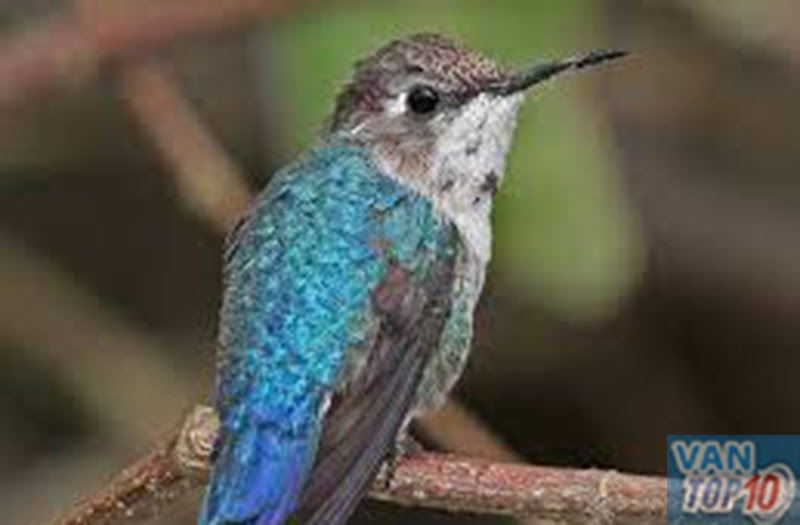
2. Bumblebee Hummingbird (Atthis heloisa)
The Bumblebee Hummingbird is another minor species having a place with the hummingbird family. Found essentially in Mexico, their small size goes from 2.8 to 3.5 inches (7-9 cm) and weighs roughly 1.6 to 2 grams. Appropriately named for their honey bee like appearance, these birds have dazzling glowing quills that sparkle in the daylight. Like their bigger family members, Honey bee Hummingbirds have a striking skill to drift in mid-air as they feed on nectar from blossoms utilizing their particular tongues. Notwithstanding their tiny size, they embrace mind blowing transient excursions, covering immense distances to arrive at their wintering grounds in Focal America. These exceptional birds are a demonstration of the magnificence and variety of nature.
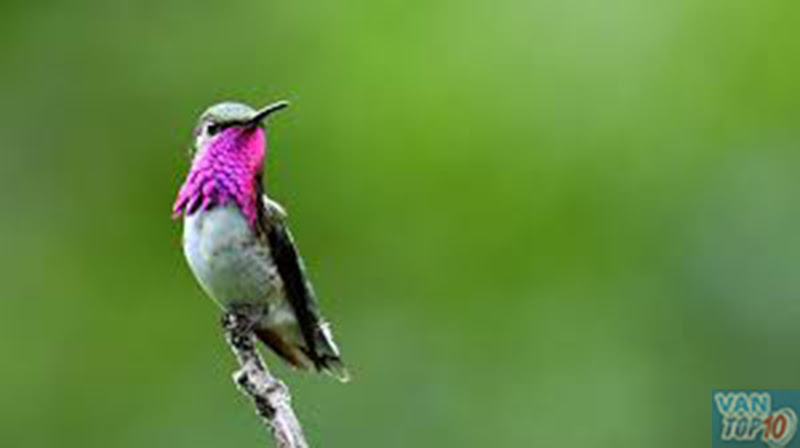
3. Wee Hummingbird (Mellisuga minima)
The Wee Hummingbird, as its name recommends, is perhaps of the Smallest hummingbird on the planet. Endemic to the island of Hispaniola in the Caribbean, these tiny jewels measure around 2.4 inches (6 cm) long, making them staggeringly difficult to recognize in the midst of their tropical living space. Their moment size is joined by lovely plumage, displaying a blend of green, blue, and bronze tints Similarly as with different hummingbirds, the Small Hummingbird has a wonderful capacity to drift in mid-air and move rapidly starting with one bloom then onto the next, benefiting from nectar utilizing their particular bills. Unfortunately, because of environment misfortune and different dangers, these tiny ponders face protection challenges, stressing the significance of safeguarding their normal living space.
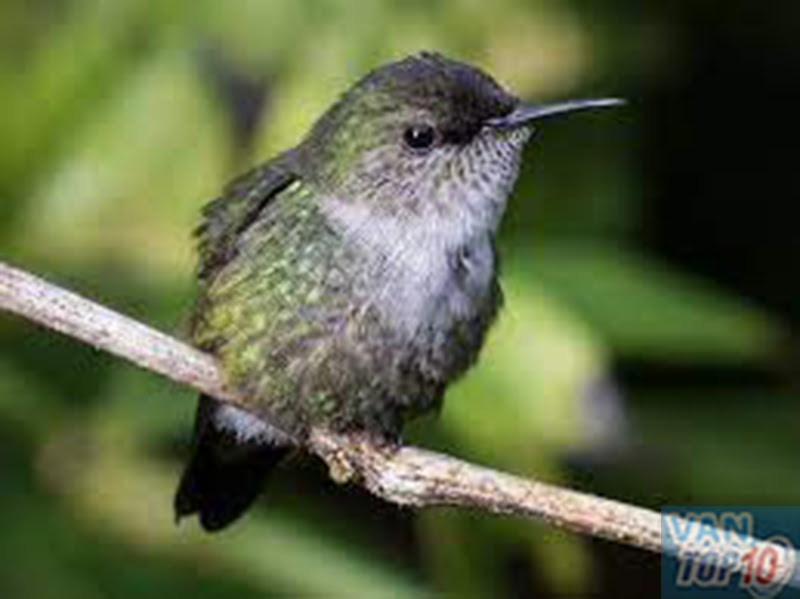
4. Buff-breasted Hummingbird (Amazilia yucatanensis)
The Buff-breasted Hummingbird, otherwise called the Yucatan Hummingbird, is a tiny bird tracked down in the Yucatan Landmass of Mexico and portions of Focal America. Estimating around 3.5 inches (9 cm) long, they are marginally bigger than the recently referenced species yet at the same time address perhaps of the Smallest bird on the planet. Their name begins from the buff-hued feathers on their underparts, which perfectly appear differently in relation to their green and coppery upperparts. These minuscule hummingbirds show regional way of behaving, safeguarding their taking care of and rearing regions with zeal. With a propensity for nectar-rich blossoms, they assume a fundamental part in fertilization, adding to the natural equilibrium of their living space.
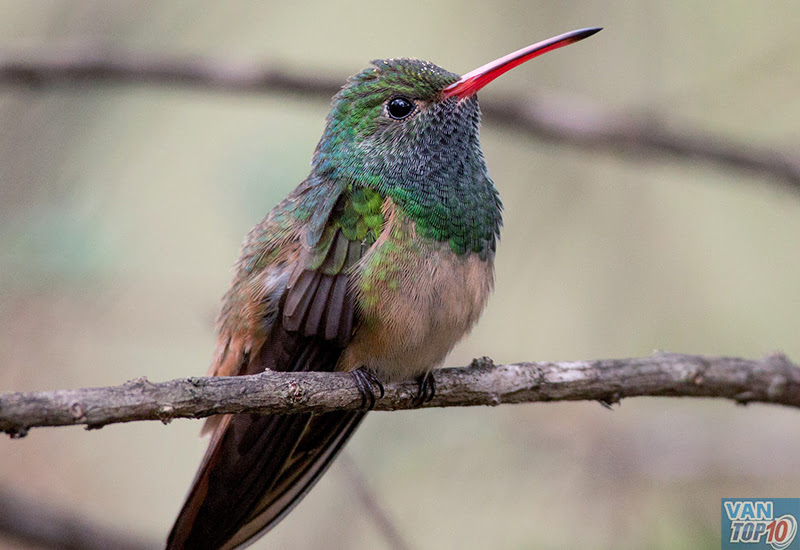
5. Vervain Hummingbird (Mellisuga minima)
The Vervain Hummingbird, a types of hummingbird, is local to the islands of Jamaica and Hispaniola in the Caribbean. With a length of roughly 3 inches (7.5 cm) and weighing only a couple of grams, it is quite possibly of the Smallest bird on the planet. Its novel name comes from the vervain plant, which is believed to be a most loved wellspring of nectar for this humble animal. Like different hummingbirds, the Vervain Hummingbird has splendid brilliant plumage that shines in the daylight, making it a stunning incredible sight. These dexterous birds have a high metabolic rate, requiring consistent taking care of to support their energy levels. Their specific long bills and extraordinary floating skills permit them to separate nectar from blossoms with accuracy, displaying the marvels of regular transformation.
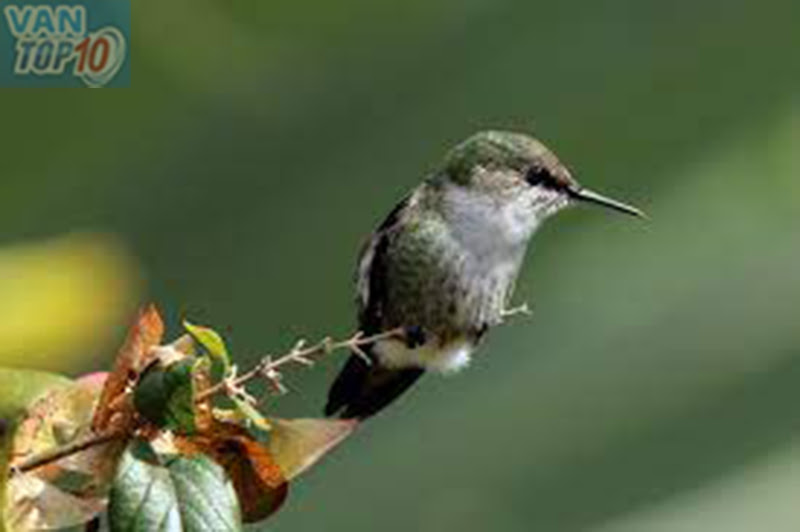
6. Elf Owl (Micrathene whitneyi)
The Elf Owl, the world’s Smallest owl, is an enthralling and subtle bird tracked down in the southwestern US and portions of Mexico. Estimating around 5.75 inches (14.6 cm) long and weighing just 1.4 ounces (40 grams), this owl species is about the size of a sparrow. With its extraordinary appearance, described by a tiny adjusted head, huge yellow eyes, and a grayish-earthy colored plumage, the Elf Owl has a practically mystical appeal. These nocturnal birds are bosses of secrecy, involving their remarkable hearing and quiet trip to chase after bugs and tiny prey under the front of obscurity. Regardless of their tiny size, they are achieved hunters and are known to settle in deserted woodpecker openings or saguaro prickly plants, adding to their persona in the parched desert scenes they call home.
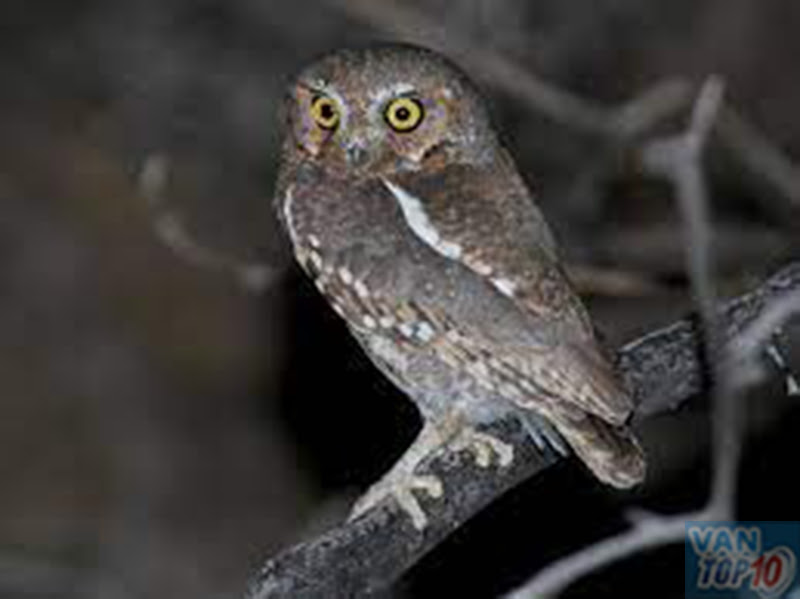
7. Goldcrest (Regulus regulus)
The Goldcrest, otherwise called the Kinglet, holds the title of being the Smallest bird in Europe. Local to the mainland’s mild backwoods, these humble birds measure roughly 3.5 inches (9 cm) long, with guys and females seeming to be comparative. Regardless of their tiny size, they are not to be undervalued, as their shrill tune and dynamic brilliant yellow peak make them hang out in their forest living space. Goldcrests have an insatiable craving for bugs, insects, and different spineless creatures, frequently scrounging effectively among tree limbs and foliage. Their tiny size empowers them to get to the smallest fissure and scrounge productively, permitting them to keep up with high energy levels and endure unforgiving winters.
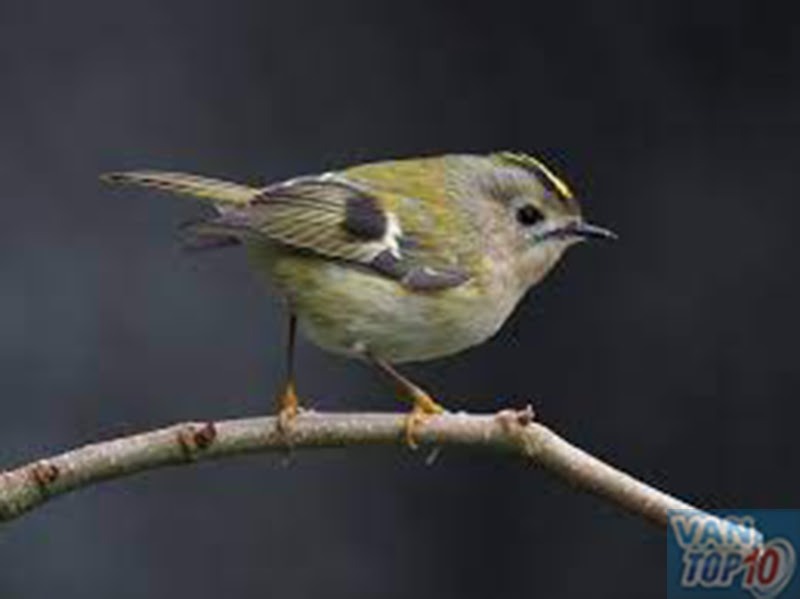
8. Least Pygmy Owl (Glaucidium minutissimum)
The Least Pygmy Owl, as the name proposes, is the Smallest owl species on the planet. Found in pieces of Focal and South America, it estimates around 4 inches (10 cm) long and is frequently confused with a tiny lark because of its smaller size. Notwithstanding its minor height, The Least Pygmy Owl is an imposing tracker, going after bugs, tiny birds and, surprisingly, tiny vertebrates under the front of night. Their large, round yellow eyes give brilliant night vision, upgrading their hunting skills. These singular birds are normally tracked down in thick backwoods and forests, where they roost unnoticeably to shock their prey. However tricky and seldom seen, their presence adds to the rich biodiversity of the tropical and subtropical locales they occupy.
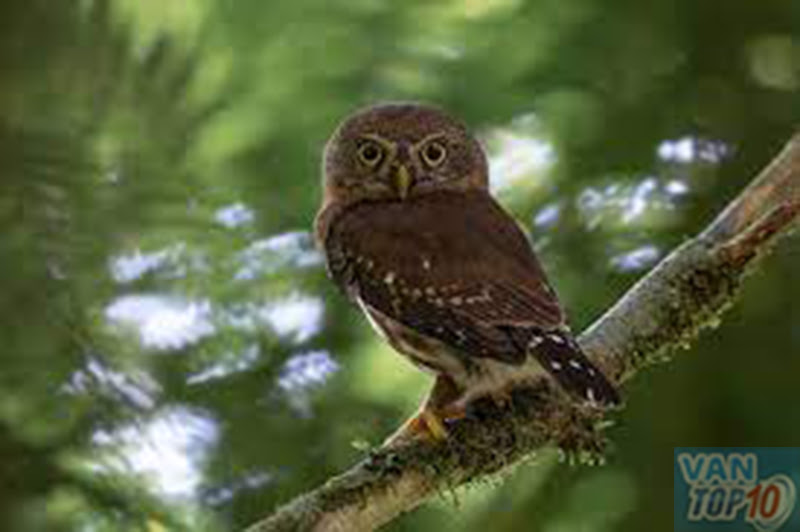
9. Rufous Hummingbird (Selasphorus rufus)
The Rufous Hummingbird, a tiny yet strong bird, is a far reaching and transient species tracked down in North America. Estimating around 3.5 to 4 inches (9-10 cm) long, this minuscule gem conditioned hummingbird shows a surprising radiant plumage that reaches from blazing orange to ruddy brown. Known for its forceful and regional nature, the male Rufous Hummingbird furiously guards its taking care of domains during the rearing season. With a wingspan of roughly 4.3 inches (11 cm), it embraces one of the longest transient excursions of any hummingbird, heading out up to 3,000 miles from its favorable places in The Frozen North and western Canada to its wintering living space in Mexico. An unquenchable nectar feeder, it assumes a critical part in fertilization, adding to the endurance of different plant species along its transitory course. The Rufous Hummingbird is an image of solidarity, excellence, and flexibility in the avian world.
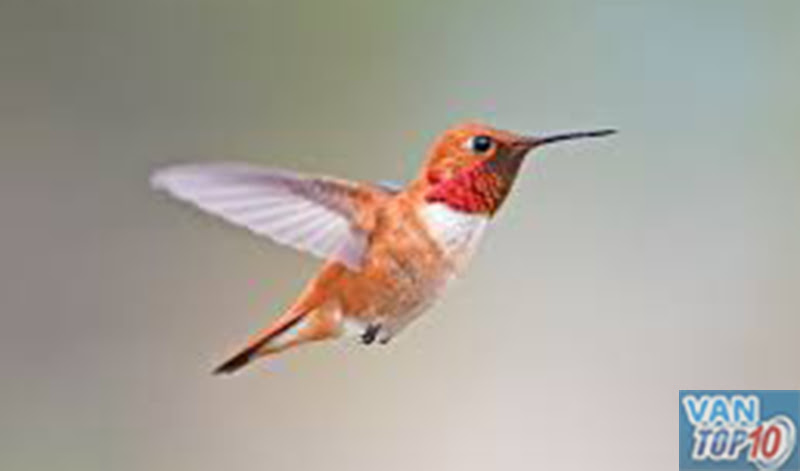
10. Eurasian Treecreeper (Certhia familiaris)
The Eurasian Treecreeper, a tiny passerine bird, is broadly disseminated across Europe and portions of Asia. Estimating around 4.7 to 5.1 inches (12-13 cm) long, it has a novel and particular transformation that permits it to climb upward along tree trunks looking for bugs and insects. Its brown and white streaked plumage gives fantastic cover against tree husk, making it a provoking bird to detect regardless of its moderately bigger size contrasted with the recently referenced birds. The treecreeper’s thin, descending bended bill is impeccably appropriate for removing bugs concealed inside fissure and bark. Dissimilar to most other tiny birds, the Eurasian Treecreeper constructs its home behind free bark or in tree hole, giving security and protection to its grip of eggs. Its musical tune adds to the vibe of forests and backwoods, making this unpretentious bird a beguiling presence in the normal world.
Nobel Prize Winners
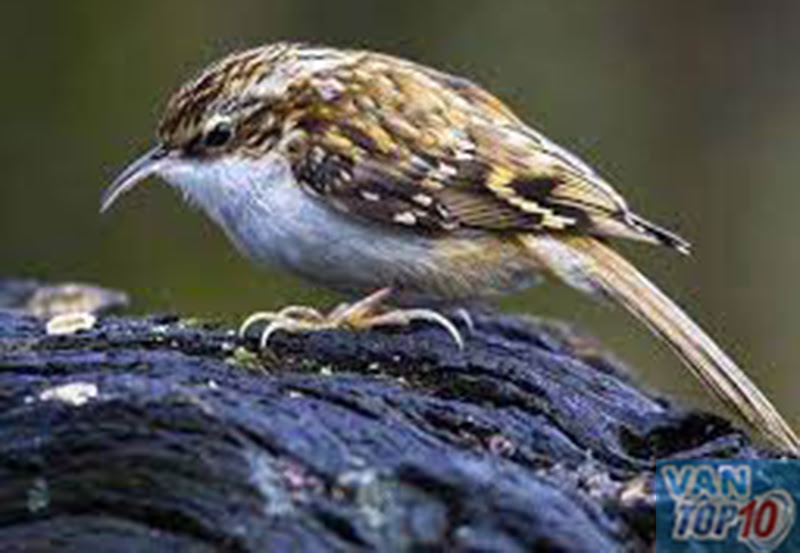
What is the Smallest Bird in the World?
The honey bee hummingbird (Mellisuga helenae) is an entrancing animal that has caught the consideration of bird devotees around the world. Estimating a simple 2.25 inches (5.7 centimeters) long and weighing just 0.07 ounces (2 grams), it holds the recognized title of being the Smallest bird on the planet. One of the most noteworthy parts of the honey bee hummingbird is its minute size. To place it into point of view, it is about the size of an enormous honey bee, subsequently its name. Regardless of its tiny height, this small bird has wonderful highlights and transformations that permit it to flourish right at home.
The honey bee hummingbird is dominatingly tracked down in Cuba and close by Caribbean locales, where it occupies different living spaces including timberlands, gardens, and seaside regions. Its eating regimen fundamentally comprises of nectar from blooming plants, which it gathers utilizing its long, slim snout. This small bird assumes a critical part in fertilization as it moves from one blossom to another, moving dust and adding to the propagation of plants. Notwithstanding its tiny size, the honey bee hummingbird displays unbelievable deftness and flight abilities. It is known for its fast wing beats, arriving at an amazing pace of up to 80 beats each second. This permits the bird to float in mid-air, empowering it to get to nectar from profound inside blossoms and even catch tiny bugs on the wing.
Smallest Birds in the World Highlighting
The male and female honey bee hummingbirds show unmistakable contrasts apparently. Guys display energetic varieties, with pale blue upper parts and radiant quills that gleam in the daylight. Females, then again, have a more repressed appearance, highlighting greenish plumage that gives disguise and insurance while settling. In spite of these difficulties, the honey bee hummingbird has figured out how to adjust and flourish in its current circumstance. It shows nature’s capacity to make unbelievable miracles in small scale structures, enrapturing our creative mind and helping us to remember the surprising variety saw as inside the avian world.
Get Latest trending Updates
Ques & Ans Related to Smallest Birds in the World
Where can I find the Bumblebee Hummingbird?
The Bumblebee Hummingbird (Atthis heloisa) is primarily found in Mexico, and it is also known to inhabit parts of Central America.
What is the smallest bird in the world?
The smallest bird in the world is the Bee Hummingbird (Mellisuga helenae), native to Cuba and the Isla de la Juventud. It measures only 2 to 2.4 inches (5-6 cm) in length and weighs around 1.6 to 2 grams.
What makes hummingbirds special?
Hummingbirds are unique due to their small size, rapid wing-beat, and ability to hover in mid-air. They have specialized long bills and tongues that allow them to feed on nectar from flowers, making them essential pollinators for many plant species.
How far do Rufous Hummingbirds migrate?
Rufous Hummingbirds (Selasphorus rufus) undertake one of the longest migratory journeys of any hummingbird, traveling up to 3,000 miles from their breeding grounds in Alaska and western Canada to their wintering habitat in Mexico.
What is the habitat of the Eurasian Treecreeper?
Eurasian Treecreepers (Certhia familiaris) are typically found in woodlands and forests across Europe and parts of Asia. They are well-adapted to climbing vertically along tree trunks in search of insects and spiders.
How can I attract hummingbirds to my garden?
To attract hummingbirds to your garden, you can plant nectar-rich flowers such as trumpet vines, salvia, bee balm, and fuchsias. Providing a hummingbird feeder with a sugar-water solution can also entice these tiny birds to visit your outdoor space.